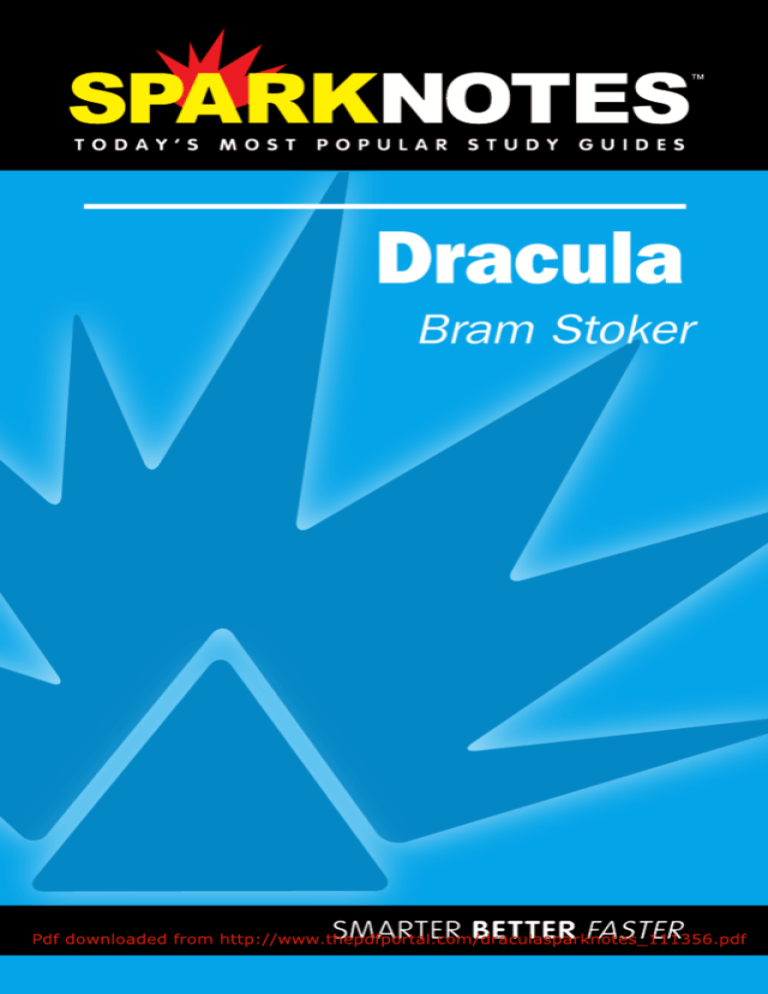

Spark Streaming leverages Spark Core's fast scheduling capability to perform streaming analytics.

Spark SQL is a component on top of Spark Core that introduces a new data abstraction called SchemaRDD, which provides support for structured and semi-structured data.

It provides In-Memory computing and referencing datasets in external storage systems. Spark Core is the underlying general execution engine for spark platform that all other functionality is built upon. The following illustration depicts the different components of Spark. With SIMR, user can start Spark and uses its shell without any administrative access. Spark in MapReduce (SIMR) − Spark in MapReduce is used to launch spark job in addition to standalone deployment. It allows other components to run on top of stack. It helps to integrate Spark into Hadoop ecosystem or Hadoop stack. Hadoop Yarn − Hadoop Yarn deployment means, simply, spark runs on Yarn without any pre-installation or root access required. Here, Spark and MapReduce will run side by side to cover all spark jobs on cluster. Standalone − Spark Standalone deployment means Spark occupies the place on top of HDFS(Hadoop Distributed File System) and space is allocated for HDFS, explicitly. There are three ways of Spark deployment as explained below. The following diagram shows three ways of how Spark can be built with Hadoop components. It also supports SQL queries, Streaming data, Machine learning (ML), and Graph algorithms. Spark comes up with 80 high-level operators for interactive querying.Īdvanced Analytics − Spark not only supports ‘Map’ and ‘reduce’. Therefore, you can write applications in different languages. Supports multiple languages − Spark provides built-in APIs in Java, Scala, or Python. It stores the intermediate processing data in memory. This is possible by reducing number of read/write operations to disk. Speed − Spark helps to run an application in Hadoop cluster, up to 100 times faster in memory, and 10 times faster when running on disk.
#SPARK NOTES SOFTWARE#
It was donated to Apache software foundation in 2013, and now Apache Spark has become a top level Apache project from Feb-2014. It was Open Sourced in 2010 under a BSD license. Spark is one of Hadoop’s sub project developed in 2009 in UC Berkeley’s AMPLab by Matei Zaharia. Apart from supporting all these workload in a respective system, it reduces the management burden of maintaining separate tools. Spark is designed to cover a wide range of workloads such as batch applications, iterative algorithms, interactive queries and streaming. The main feature of Spark is its in-memory cluster computing that increases the processing speed of an application. It is based on Hadoop MapReduce and it extends the MapReduce model to efficiently use it for more types of computations, which includes interactive queries and stream processing. Apache SparkĪpache Spark is a lightning-fast cluster computing technology, designed for fast computation. Since Spark has its own cluster management computation, it uses Hadoop for storage purpose only. Spark uses Hadoop in two ways – one is storage and second is processing. Hadoop is just one of the ways to implement Spark. Spark was introduced by Apache Software Foundation for speeding up the Hadoop computational computing software process.Īs against a common belief, Spark is not a modified version of Hadoop and is not, really, dependent on Hadoop because it has its own cluster management.

Here, the main concern is to maintain speed in processing large datasets in terms of waiting time between queries and waiting time to run the program. The reason is that Hadoop framework is based on a simple programming model (MapReduce) and it enables a computing solution that is scalable, flexible, fault-tolerant and cost effective. Industries are using Hadoop extensively to analyze their data sets.


 0 kommentar(er)
0 kommentar(er)
